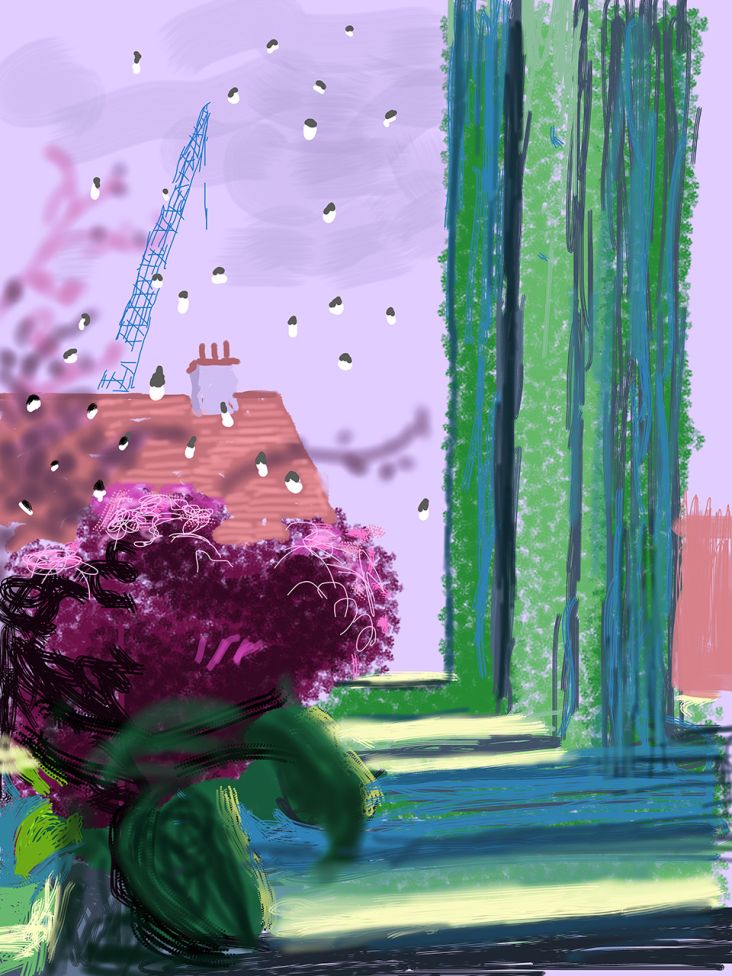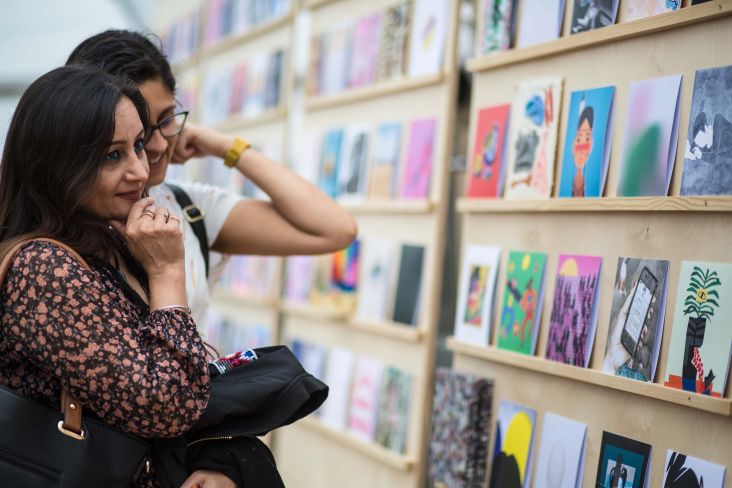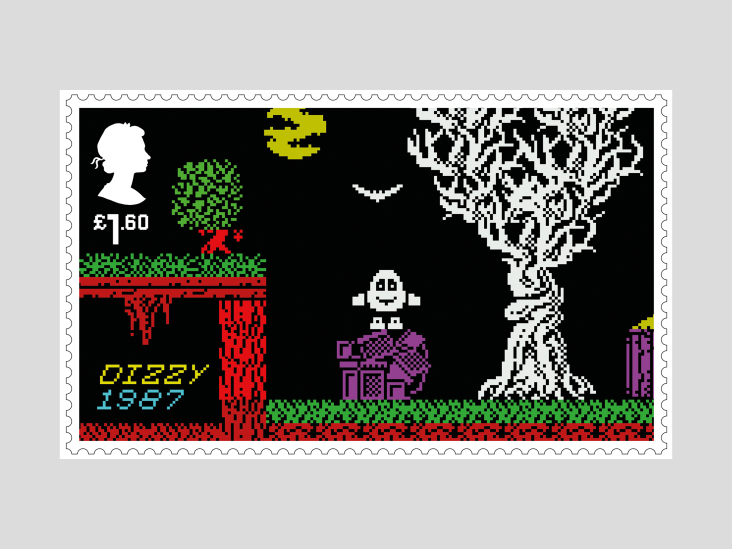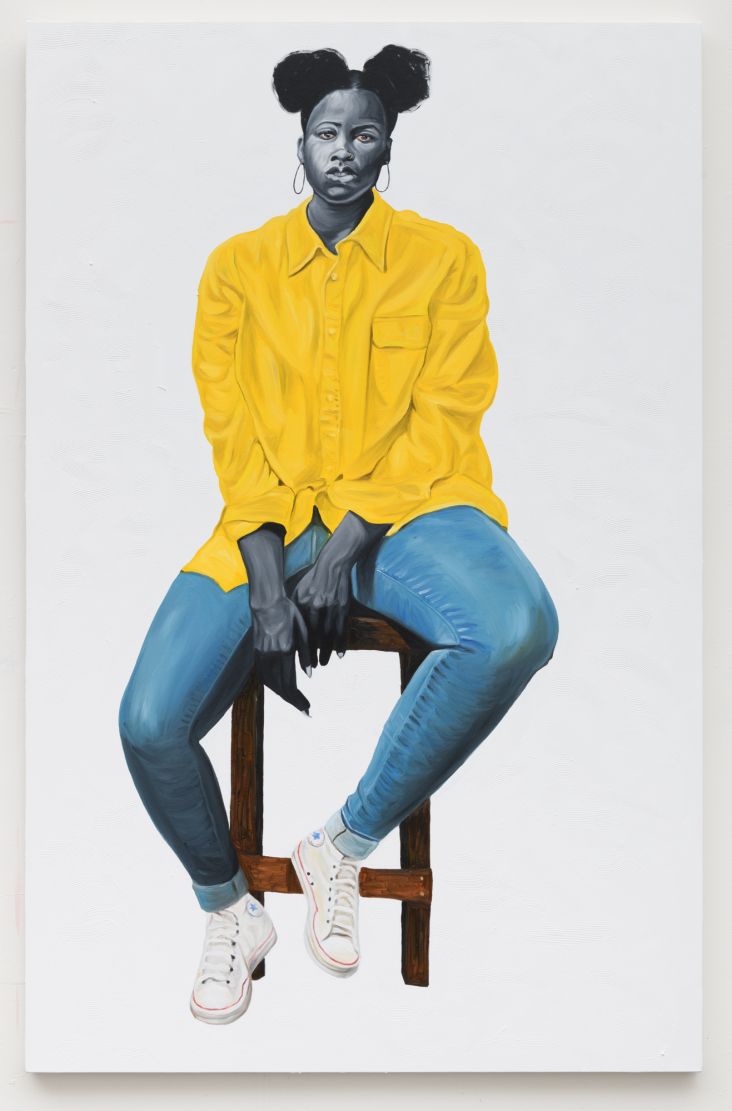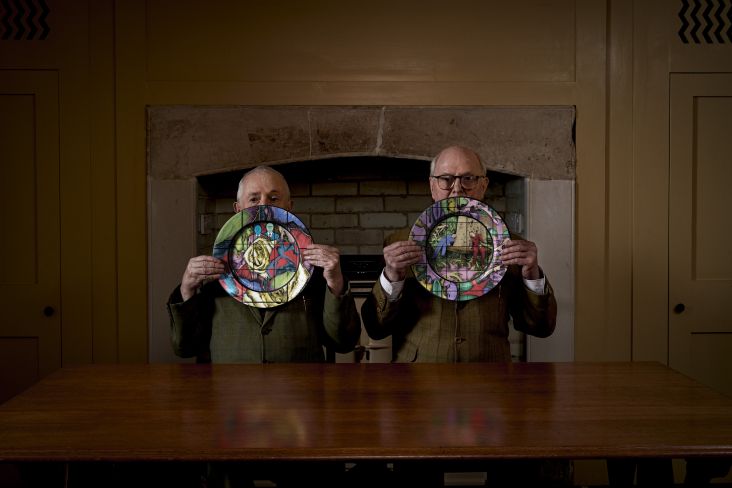From Buzzcocks to feminist photomontage works, a new exhibition will celebrate five decades of Linder Sterling
If you head over to Kettle's Yard in Cambridge this February, you might catch a seriously good dose of Linderism, as the gallery is launching the first-ever UK survey exhibition of Linder Sterling.
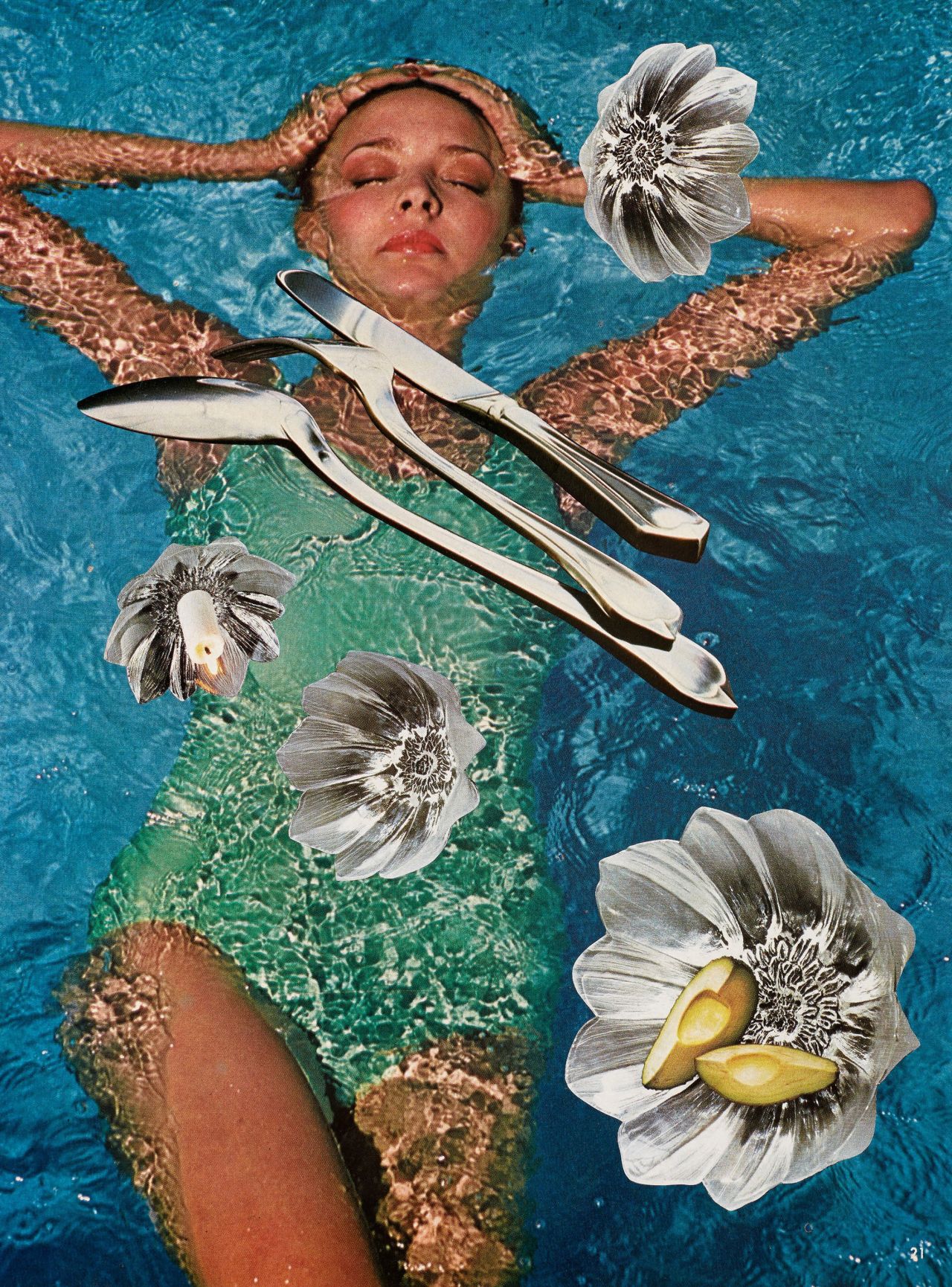
Linder, Untitled, 1977 © Linder Sterling. Courtesy the artist
Spanning five decades of the artist's career, the show will be a total takeover of the entire space and will explore every area of Linder's diverse practice, from her emergence in the Manchester punk scene of the 1970s to her more recent interventionist public commissions. The title 'Linderism' claims the artist's work is its own art historical movement but also gestures to Linder's interest in style, from the artistic to the fashionable.
Linder is well known for her radical feminist photomontage which cuts through the veneer of print culture. An important figure in the punk movement, she designed artwork for bands including Buzzcocks and Magazine, as well as for her own post-punk band Ludus, of which she was the founder and lead singer. The exhibition will include examples of photomontage works from throughout her career.
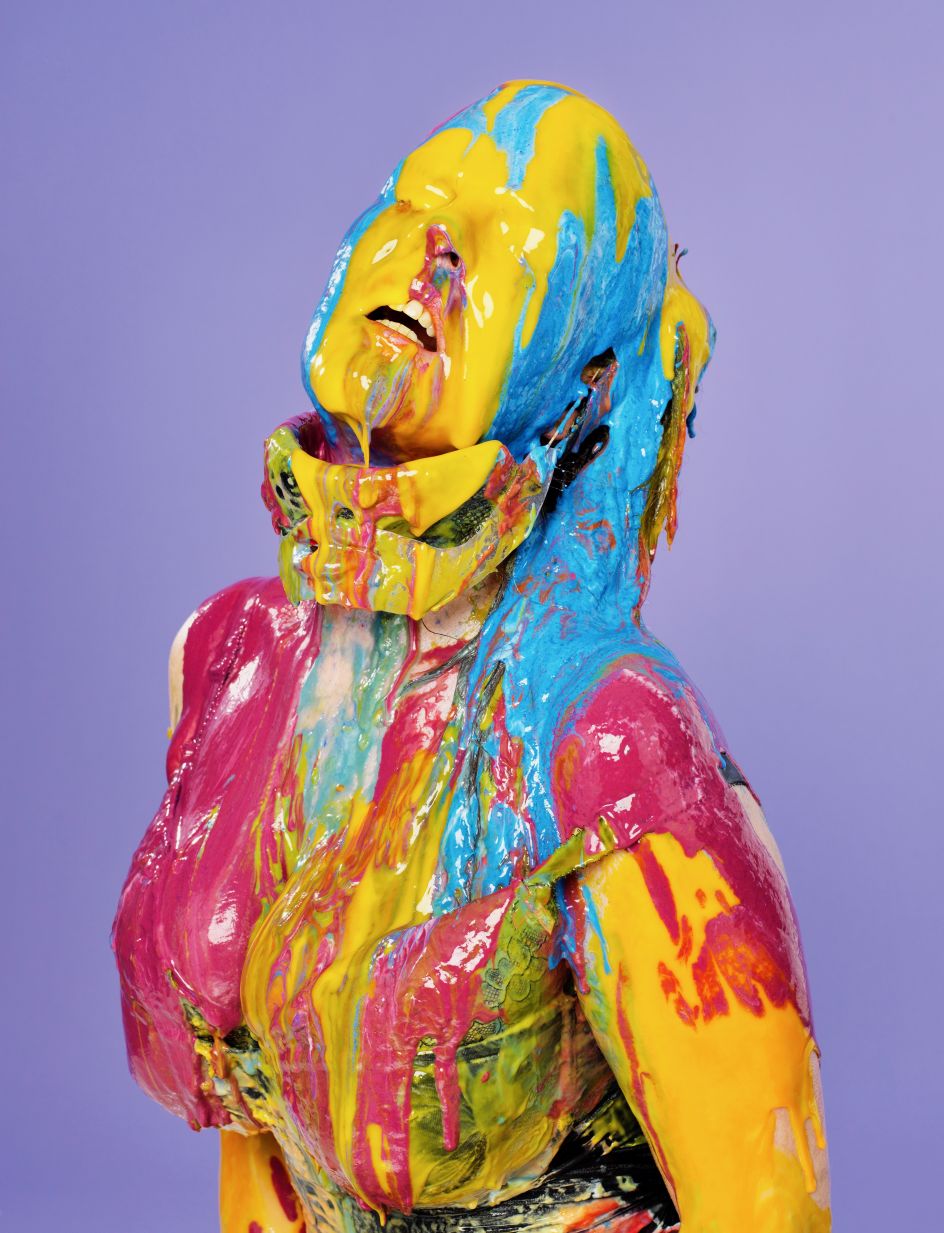
Linder Glorification de l’Élue, 2011 © Linder Sterling. Courtesy the artist
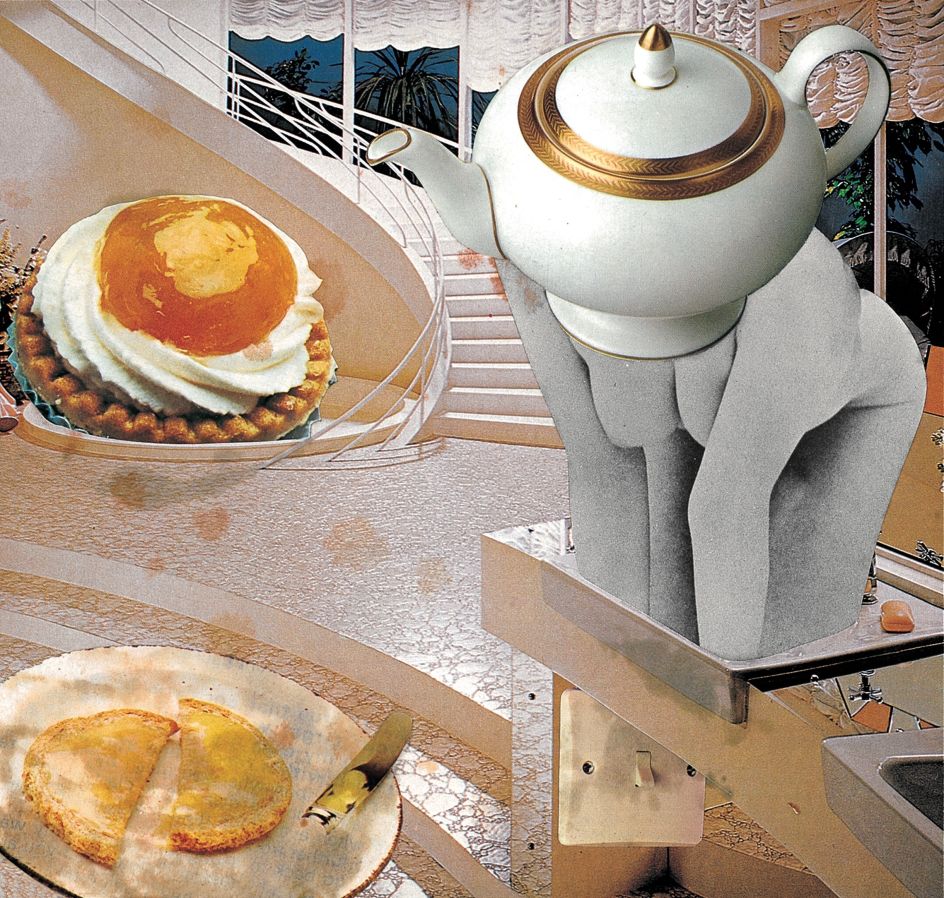
Linder, Untitled, 1977 © Linder Sterling. Courtesy the artist
While early works comprise juxtapositions of images taken from contemporary interior, fashion and pornography magazines, the later photomontages collide different registers; including pin-up girls, figures from ballet annuals, roses from horticultural books and decadent gateaux from lifestyle magazines.
If the earlier works, such as TV Sex (1976), expose the domestic consumerism of the 1970s, later works – usually made in series – are more complex meditations on representation, myth and belief. In works such as The Escort Series (2012), luscious roses over the heads of nude models convey beauty as a form of camouflage, while other pieces, combining fashion plates and interiors advertisements, stage metamorphoses where models physically merge with pieces of furniture.
The exhibition will be multi-sensory. As well as intervening in the café menu and front-of-house staff uniforms, Linder will recreate the potpourri which Kettle's Yard founder Howard Stanley 'Jim' Ede made for his home. Linder will also invoke the presence of Ede's wife Helen with a new sound installation in Helen’s bedroom, made in collaboration with musician Maxwell Sterling.
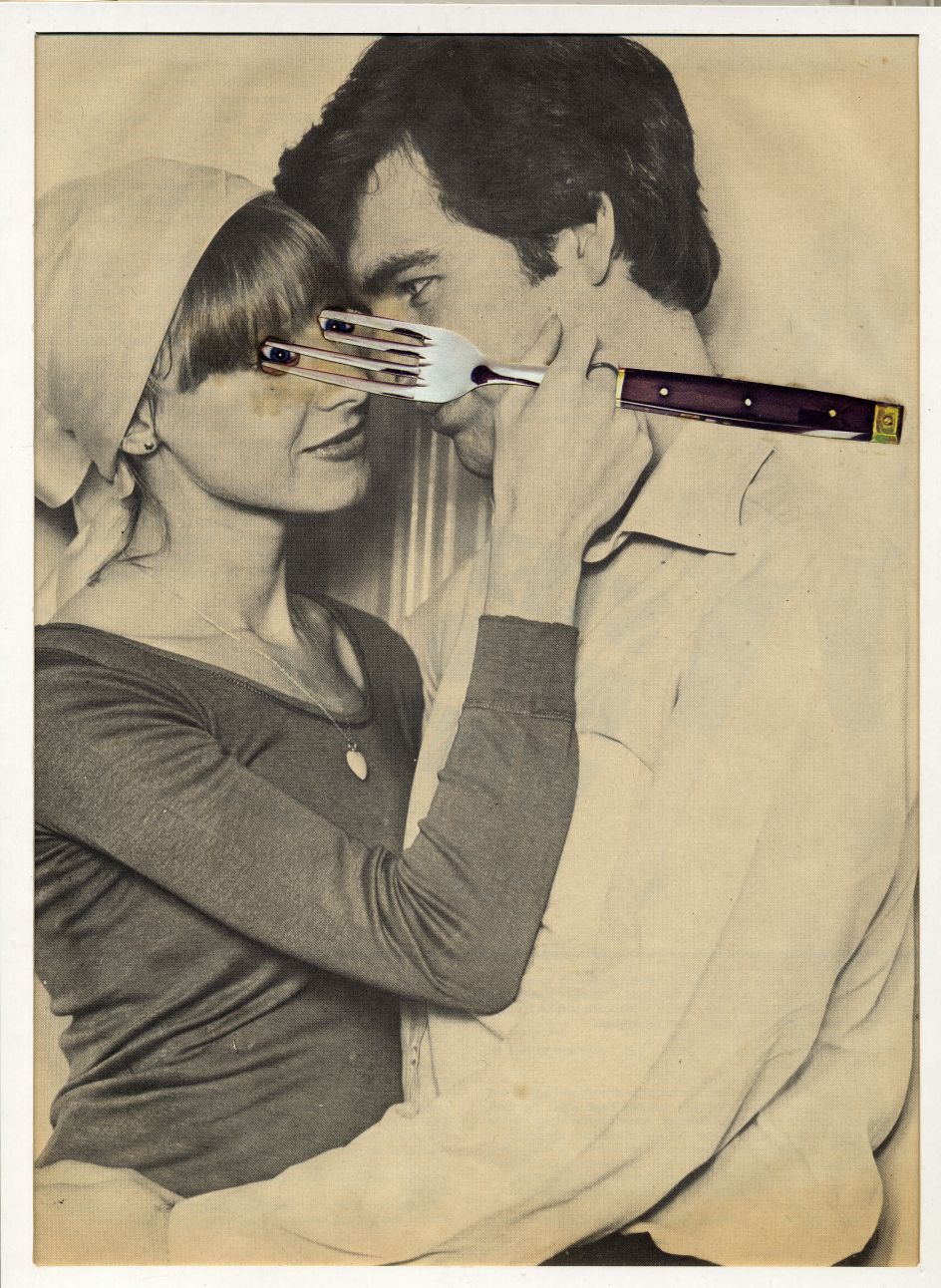
Linder Untitled, 1977 © Linder Sterling. Courtesy the artist; Modern Art, London; Dépendance, Brussels; Andréhn- Schiptjenko, Stockholm, Paris; and Blum & Poe, Los Angeles, New York, Tokyo.
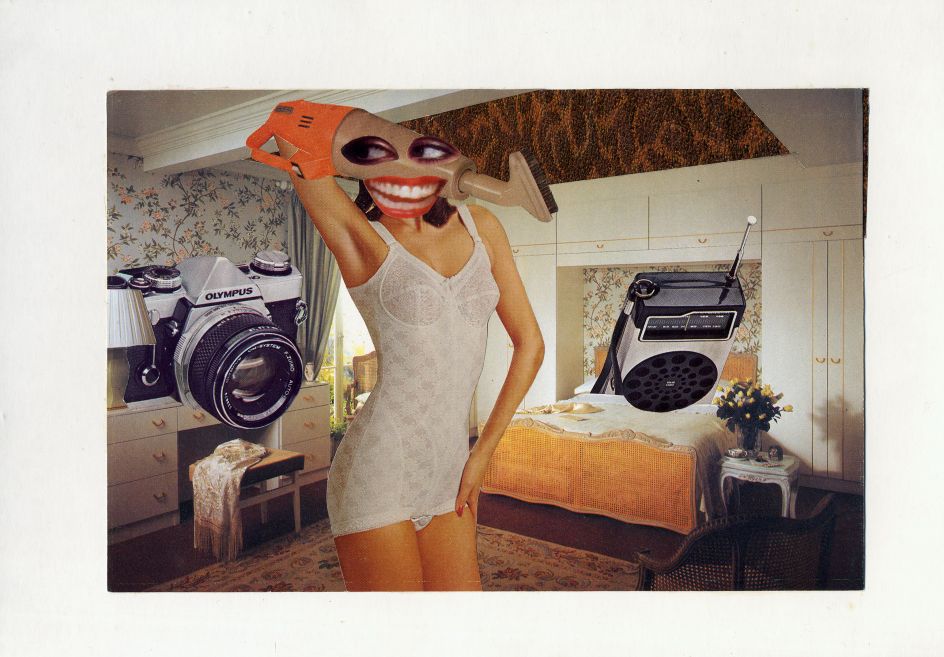
Linder Untitled, 1977 © Linder Sterling. Courtesy the artist; Modern Art, London; Dépendance, Brussels; Andréhn- Schiptjenko, Stockholm, Paris; and Blum & Poe, Los Angeles, New York, Tokyo.
Helen Ede left very little trace in the fabric of the Kettle's Yard House and is called upon by Linder as a cypher for women's material absence and mythic presence. Linder is creating a new photomontage for the exhibition using archival photographs of Helen and, in a further act of reclamation, has created a line of products under the title The House of Helen. The products include fabric squares, printed papers, cosmetic mirrors, pin badges, notebooks and scented candles – all available to buy at Kettle's Yard – and will celebrate Linder's commitment to uncovering women lost to history.
This concern with historical figures and research has been central to Linder's work since the 1990s. It will also form part of the show, including The Working Class Go to Paradise (2000–6), which focuses on an early proponent of the Quaker Church Mother, Ann Lee, and her more recent investigations into the artists, Barbara Hepworth (The Ultimate Form, 2013–4) and Ithell Colqhoun (Children of the Mantic Stain, 2016).
Linderism at Kettle's Yard will run from 15 February until 26 April 2020.
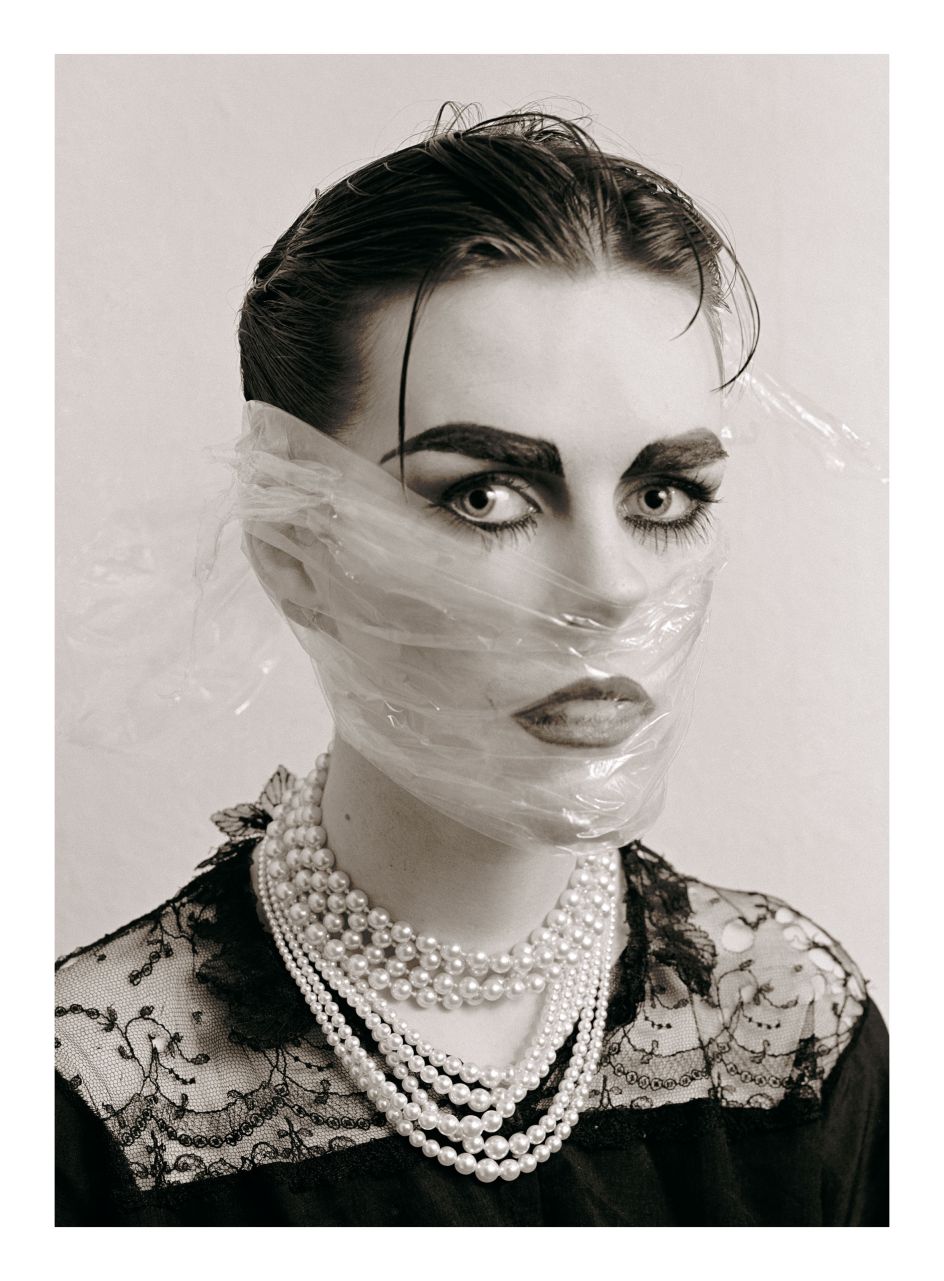
Linder Hiding but still not knowing, 1981-2010 © Linder Sterling. Courtesy the artist; Modern Art, London; Dépendance, Brussels; Andréhn- Schiptjenko, Stockholm, Paris; and Blum & Poe, Los Angeles, New York, Tokyo.
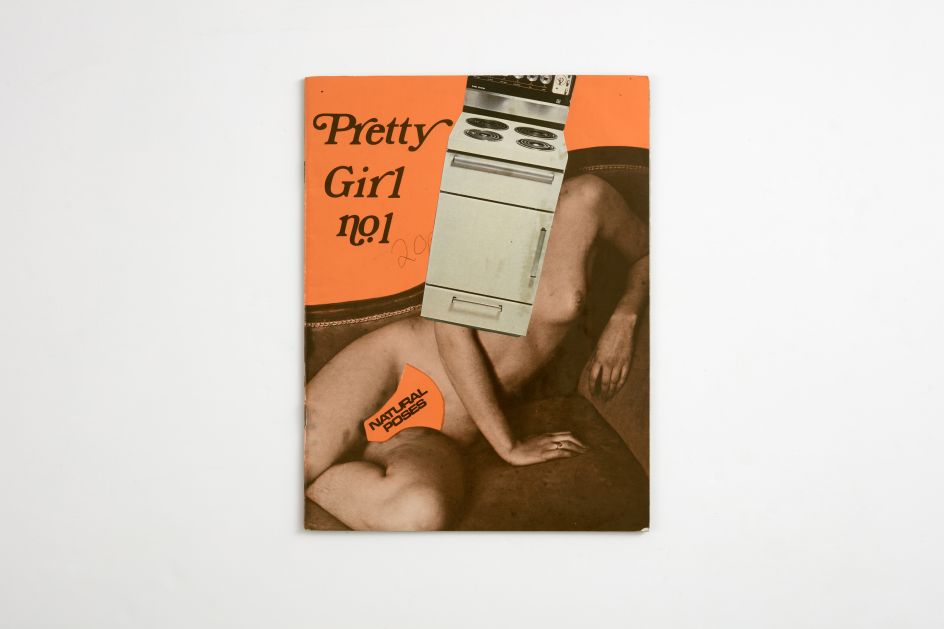
Linder Pretty Girl No.1, 1977 © Linder Sterling. Courtesy the artist; Modern Art, London; Dépendance, Brussels; Andréhn- Schiptjenko, Stockholm, Paris; and Blum & Poe, Los Angeles, New York, Tokyo.
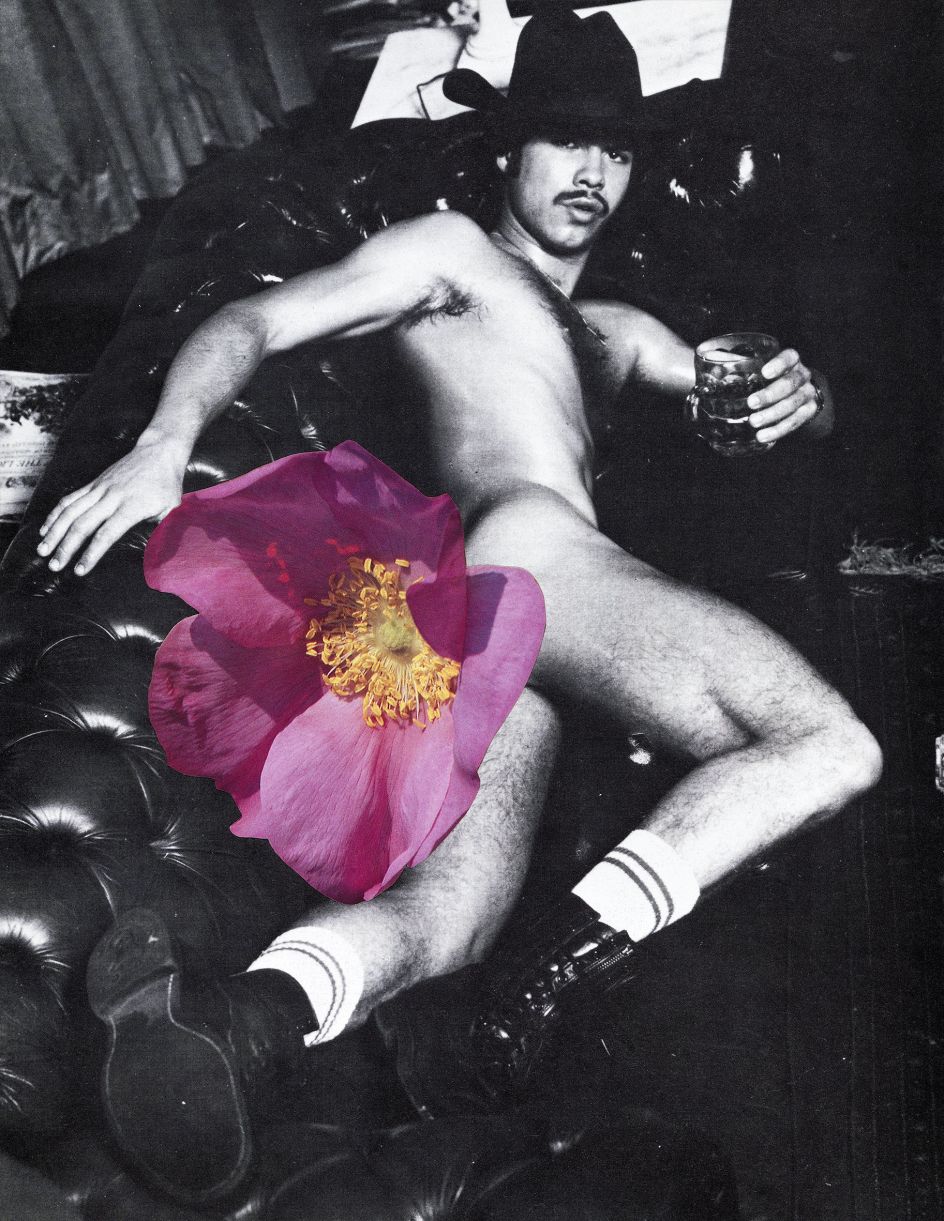
Linder The Myth of the Birth of the Hero iv, 2012 © Linder Sterling. Courtesy the artist; Modern Art, London; Dépendance, Brussels; Andréhn- Schiptjenko, Stockholm, Paris; and Blum & Poe, Los Angeles, New York, Tokyo.

















